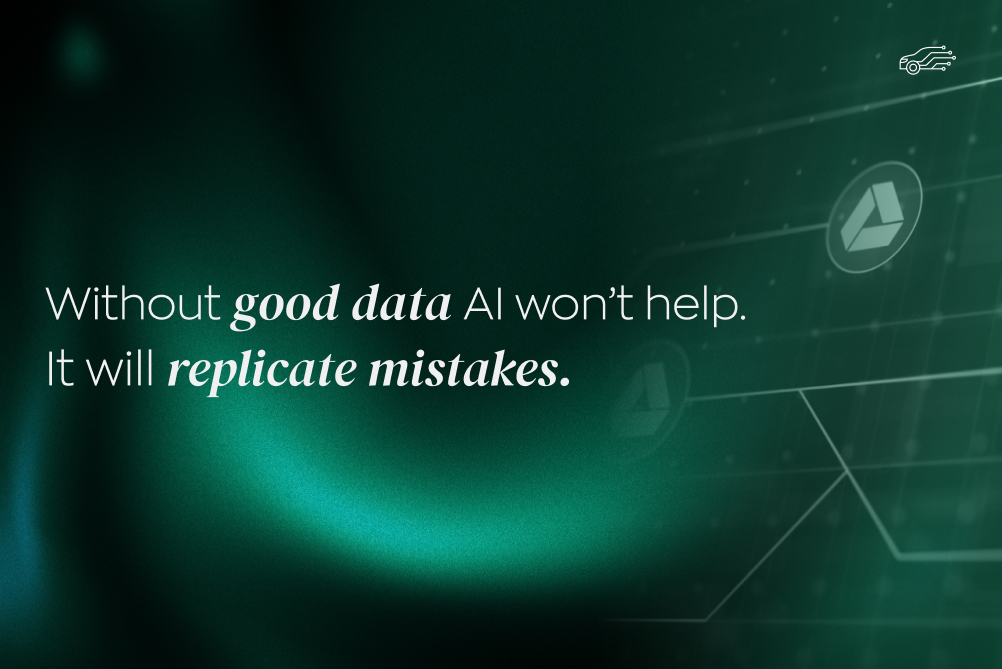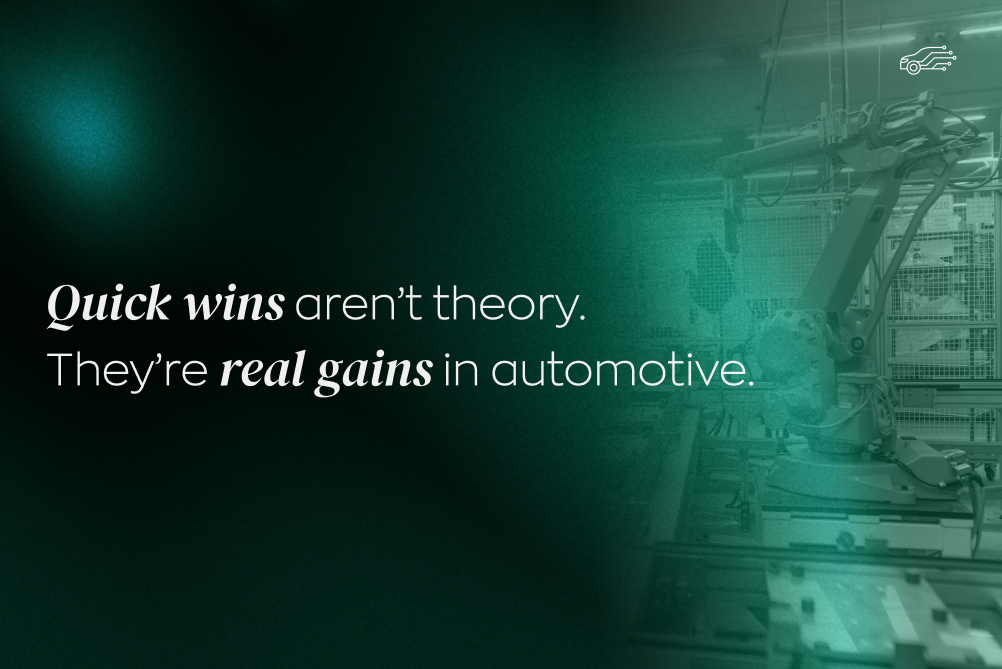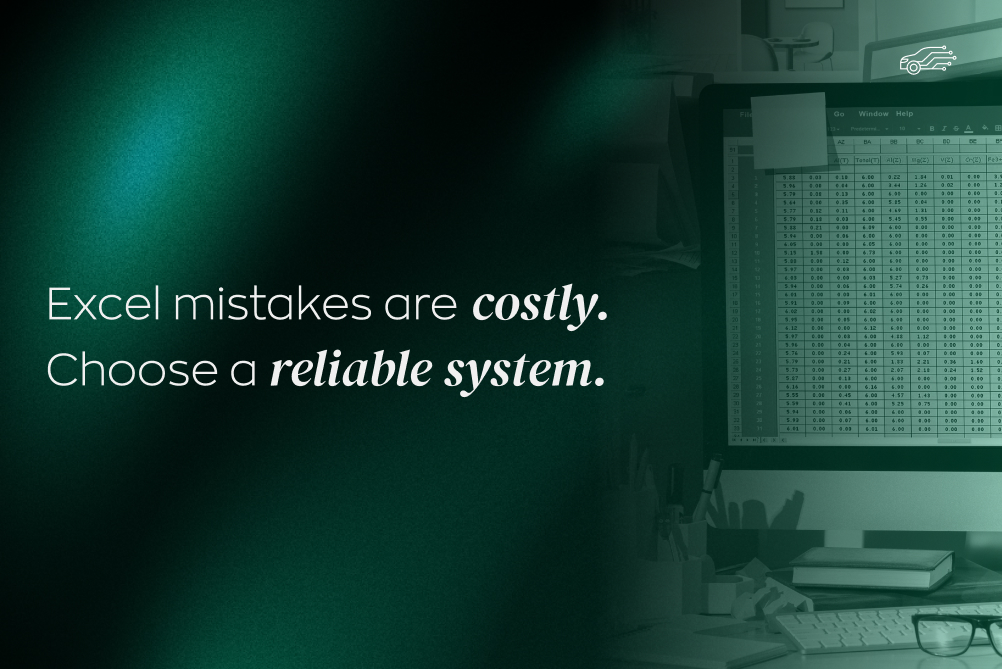Ever shopped online and thought, "Wow, it's like this website really gets me!" Maybe it showed you products perfectly matched to your interests or deals that made you wonder if they were spying on you.
Is Google listening?
Not really. If you're ever shopping online, in an eCommerce store, or browsing and seeing ads that are perfectly optimized for you at this time of your life, then the chances are machine learning is behind the scenes predicting behaviors accurately enough for you to see exactly what you're looking for at the exact time you're looking for it.
These ML algorithms study customer behavior to understand what makes each and every one tick. And then they use that intel to customize the site in real time, just for you!
Pretty mind-blowing, right? But it's also pretty darn convenient. Who wouldn't want a shopping experience tailored precisely to their needs and tastes?
In this guide, we'll peel back the curtain on how a machine learning solution can work its magic to revolutionize e-commerce through:
- Personalization - Crafting a browsing and shopping experience unique to each individual user. It's like having your own personal shopper!
- Recommendation systems - Suggesting products and deals that align scarily well with what you like. The tech behind those creepily-accurate "You may also like..." prompts.
Machine learning takes the generic e-commerce store and transforms it into a hyper-personalized platform.
And in an age where customer expectations are at their all-time highest, and you're competing with the likes of Amazon, Alibaba, and the other mega-platforms who offer state-of-the-art experiences that you need to match.
Let's get into it.
What is Machine Learning?
In simple terms, machine learning is the science of teaching computers to learn from data without needing explicit new programming. ML algorithms can detect patterns and relationships within massive amounts of input data that would overwhelm any human.
By processing more and more data, the algorithms improve at making predictions and decisions independently - they self-learn over time.
Effectively, ML serves as a bridge between human-like reasoning and computer systems, taking static processes and transforming them into intelligent, evolving programs tailored to new data.
This is what enables personalization in the eCommerce industry.
.jpg)
Now, there are three main types of machine learning algorithms, each with its own approach to learning:
Supervised Learning: The OG of ML and natural language processing. These artificial intelligence algorithms learn by studying labeled datasets with pre-determined answers. They analyze input-output pairs in the data to enhance accuracy over time. For example:
- Email spam filters learn by analyzing pre-labeled spam/not spam emails.
- Image recognition improves by studying thousands of labeled images.
- Medical diagnosis predictions get more accurate by analyzing cases with known conditions.
Unsupervised Learning: The trailblazers. These algorithms explore unlabeled datasets to discover hidden patterns and relationships without human guidance. Applications include:
- Segmenting customers based on characteristics for targeted marketing.
- Detecting anomalies in network traffic that may indicate cyber threats.
- Identifying communities within social networks.
Reinforcement Learning: The pros of trial-and-error. These algorithms learn optimal strategies themselves through experiential reward and penalty feedback rather than labeled data. Examples:
- Game-playing bots master gameplay through rewards vs penalties.
- Vehicles teach themselves to drive smoothly from road feedback.
- Robots learning navigation through trial and error.
With such diversity and smarts, ML offers immense potential to transform e-commerce. Let's check out some thrilling applications!
How Machine Learning is transforming e-Commerce
Remember the good ol' days when every online store looked the same, showing every user the exact same products and promotions?
Yeah, those days are looong gone.
Now, e-commerce sites are all about dynamic, personalized experiences tailored specifically for YOU. It's like every customer gets their own customized version of the site!
To illustrate, let's imagine a customer is shopping for a pair of trainers. The moment the customer starts browsing, the machine learning algorithms get into action.
As the customer scrolls down the trainers' page, ML tracks the user's actions—the time spent looking at a particular model, the types of trainers clicked on, and preference for a certain brand, color, or design.
This data, along with the user's past shopping behavior, is analyzed in real-time to create a personalized shopping experience for both new and existing customers.
Suppose the user has a history of purchasing eco-friendly products (tracked by cookies generated while the user travels from website to website).
In that case, the algorithm might suggest trainers made from sustainable materials or brands known for their environmentally conscious practices—making the browsing process far more enjoyable and the buying decision easier for the customer.
.jpg)
This immediate recommendation and personalization, delivered at the right moment, increase the likelihood of the consumer making a purchase and enhance overall customer satisfaction, driving e-commerce success.
Of course, creating these unique experiences for millions of people manually is impossible. There's no company with enough manpower or the capacity to use data in such a way that produce such accurate results.
Instead, machine learning algorithms automate the entire process, with essentially no human input required.
In the same vein as the example above, ML algorithms process oceans of data on things like:
- Your shopping habits, average order value, and purchase history
- Styles and categories you prefer
- Your typical price range
- When and how often you shop
- The device and browser you use
- How you respond to marketing campaigns
By analyzing all these data points, ML can paint detailed portraits of every customer and their unique shopping patterns, enabling truly personalized experiences, and that's precisely what modern eCommerce online stores and customers are looking for.
And again, it's this shopping experience that keeps people happy and has them coming back for more. This then allows you to enjoy all kinds of business benefits, including, but not limited to:
- A reduction in customer churn
- An increase in your customer lifetime value
- Better, faster customer interactions
And overall, a more successful online store, a better customer experience that builds reputation, and business growth. And this is not a joke.
Over 84% of eCommerce companies are actively looking to adopt AI and machine learning models into their business, focusing it as a top priority. As a result, the market is set to grow to a staggering $16.8 billion by 2023.
And already, over 80% of customer interactions are managed by AI.
Unlike old-school algorithms, ML models stay flexible and evolve as customers change over time. As your user behavior changes, the model automatically adjusts recommendations to stay up-to-date.
It's the future here today.
Personalization in e-Commerce: The Machine Learning brushstroke
As per the title of this deep-dive of machine learning in eCommerce, there are two main objectives machine learning excels.
Personalization and recommendations.
Let's start with the former, highlighting exactly why it's so important for your eCommerce business to focus on this tech.
Creating a tailored shopping experience used to feel like grasping at straws, but with ML giving every customer their own virtual shopping assistant, guiding them to products catered to their unique tastes, it can be as easy as installing a plugin.
So, how does ML work its magic to make online shopping feel like your own boutique?
The key is harnessing data on overdrive.
.jpg)
ML algorithms voraciously comb through customer data - think past purchases, browsing history, and wish lists - uncovering subtle patterns and tendencies that humans would easily miss.
By thoroughly analyzing your distinct shopping footprint across various dimensions like categories, price points, brands, and shopping frequency, ML models can make scarily accurate predictions about products your existing and new customers love.
For example, some of the data points ML algorithms analyze include:
- Purchase history - What categories of items you've bought (customer's purchase history), preferred price points, loyalty to specific brands, frequency of purchases
- Wish lists and shopping carts - Which products you've added but haven't purchased yet.
- Search terms - What you regularly search for indicating interests
- Browsing behavior - How much time you spend looking at specific types of items
From these rich behavioral insights, ML can hyper-personalize suggestions tailored to your unique tastes and steer you to new finds it predicts you'll love.
Some real-world examples of next-level personalization powered by ML include:
- Dynamic Pricing - ML adjusts prices for you based on your personal purchase patterns and price sensitivity
- Targeted Marketing - ML helps craft marketing messages aligned to your interests for relevance
- Personalized Homepages - A customized homepage showcasing items ML predicts you'll enjoy
- Shopper Chatbots - Virtual assistants provide personalized service catered to your needs
- Visual Search - ML analyzes images you upload to refine search and find visually similar items
Of course, when combined with other AI-enabled solutions, you get access to other automated processes, like inventory management, automatic fraud detection, SEO for better search engine ranking, customer segmentation for things like your mailing list, and so much more.
Everything, and we mean everything, is designed to give your customers exactly what they want when they want it, optimizing the chances that a customer will convert and a store will make a profit.
Recommendation systems: The guiding stars of e-commerce platforms
Upselling and recommendations have always been a part of commerce worldwide.
It's like getting to the checkout of a retail store, and the employee behind the counter asks if you're interested in the latest deals the store is running while you're here.
However, in the algorithm-driven eCommerce world, this means recommending personalized products specifically picked out for each customer, based on their likes and interests, at a price point that's suitable for them.
With this in mind, recommendation engines are the unsung heroes of modern online shopping. They work silently behind the scenes to suggest products you'll truly fall in love with among limitless options. It's like having your own personal shopper who just gets you.
You've probably seen this while shopping on Amazon when you see sections like "Other customers who bought this, also like these products" and the sorts.
Once again, these ingenious systems analyze massive swaths of current and historical data to find connections between products and customers that humans would miss.
Using advanced machine learning algorithms, they predict which items each user will find most appealing based on their unique tastes and shopping footprint.
The magic lies in combining personalized suggestions with broader trend analysis. This balances tailored picks with popular products other similar shoppers are loving.
Here are some of the superpowers ML grant recommendation systems:
- Finding hidden patterns in shopping data that even humans overlook
- Predicting preferences by studying your distinct shopping history
- Categorizing products/customers into matching groups for better cross-selling
- Constantly improving recommendations as more data comes in
With ML, recommendation engines can transform key parts of online shopping:
- Personalized suggestions make browsing effortless and engaging, increasing sales
- Dynamic cross-sells boost order values by knowing what you'll want to add
- Reduced cart abandonment from better recommendations equals happier customers!
As you can imagine, being able to sort, organize, and identify patterns in such a large amount of data is technically impossible for human minds to do. It's just too much data that's changing so quickly; it'll leave you burned out and overwhelmed.
However, ML can execute these actions in minutes. And the best part is the algorithms are always teaching themselves to get better.
Say they propose a scented candle at a great price point on the checkout page, and it doesn't convert. Next time, the ML will adjust various recommendation factors, tweaking slightly until they succeed.
From there, the algorithm knows it's doing something right and will be able to analyze the conditions of the sale to better replicate it next time. Thus, the results get better and better exponentially quickly.
In short, combining eCommerce machine learning and recommendation systems enables next-level personalization - like having a lifelong shopper who knows your tastes better than you do!
This turns simple shopping into an enjoyable journey, which increases customer satisfaction and builds loyalty, all while boosting eCommerce sales.
Machine Learning in action: Turning e-Commerce goals into reality
Seeing machine learning in action shows its incredible power to transform online shopping, and it's so popular that the chances are you've already been subject to it with the services you use every day.
ML is already driving major personalization and recommendations at some of the biggest e-commerce players - with awesome results! Let's check out a few real-world success stories:
- Amazon - ML is the engine behind Amazon's spookily accurate recommendations. By analyzing customer patterns, their algorithms generate 35% of sales by suggesting what shoppers want next. It's like they have a peek inside your mind!
- Netflix - With over 200 million subscribers, Netflix uses ML to study viewing history and serve up hyper-personalized recommendations to keep people glued to their screens. In fact, 80% of content watched is based on their suggestions!
- Spotify - The super popular "Discover Weekly" playlist leverages ML to deliver users a custom playlist of new music every week based on listening history and tastes. This feature gained over 5 million new subscribers in just ten weeks!
Beyond the big guns, ML enables personalized experiences for eCommerce businesses of all sizes and types. From tiny boutiques to massive online retailers, benefits include:
- Product suggestions that feel handpicked for each shopper
- Intuitive navigation and search capabilities
- Deals and discounts tailored to the individual
- Faster checkout with saved payment options
- Smoother deliveries using location-based insights
The examples make clear deep learning ML is not just theory - it's already woven into the fabric of modern online shopping. By making commerce seamless and personalized, ML builds lasting loyalty. No wonder AI-driven personalization will generate up to $4.4 trillion in revenue annually by 2025!
Conclusion
After exploring all the ways ML is reinventing online shopping, one thing is clear - the future of e-commerce is personalized experiences.
ML has given us a taste of truly tailored shopping. Once you have an AI assistant that knows your tastes inside out, there's just no going back!
The success stories of online businesses like Amazon, Netflix, and more prove personalized ML leads to revenue, loyalty, and satisfaction. Analyzing behaviors lets ML algorithms suggest products and deals matched to each shopper. It's customization at scale!
Looking ahead, the possibilities are endless for even more advanced personalization. We may soon see experiences that extend beyond screens into virtual and augmented reality.
The era of seamless, personalized commerce is just getting started.
To stay ahead of the curve, partner with the experts here at Qarbon IT. With sophisticated machine learning capabilities and a passion for innovation, Qarbon IT creates extraordinary shopping experiences tailored for every customer.
Initiate a conversation with their team today to discuss how ML could transform your e-commerce platform.





.webp)

.png)




.jpg)
.jpg)


.jpg)
.jpg)



.jpg)
.jpg)
.jpg)
.jpg)
.jpg)
.jpg)

.jpg)
.jpg)
.jpg)
.jpg)
.jpg)
.jpg)
.jpg)
.jpg)
.jpg)
.jpg)






.jpg)
.jpg)
.jpg)

.jpg)

.jpg)


.jpg)
.jpg)

.jpg)
.jpg)

.jpg)

.jpg)
.jpg)
.jpg)

.jpg)
.webp)

.webp)


.jpg)









.webp)


.webp)






















